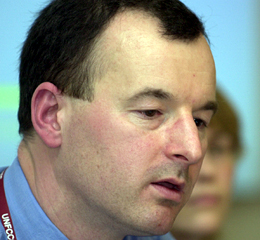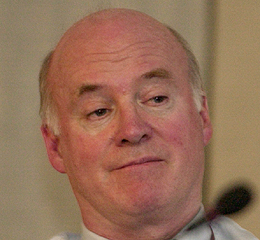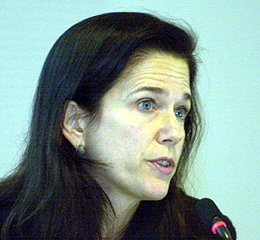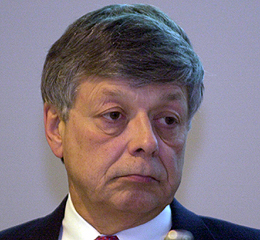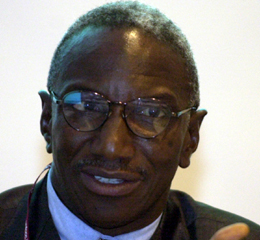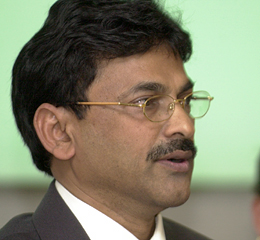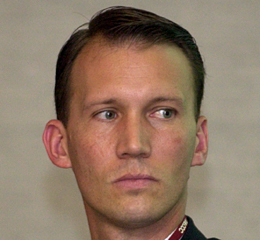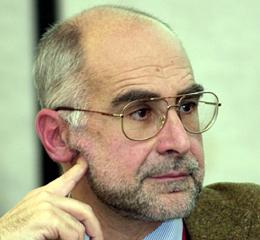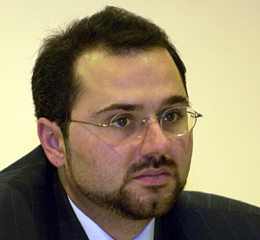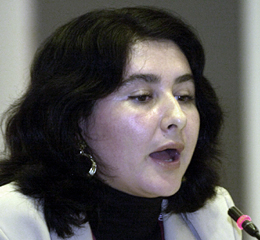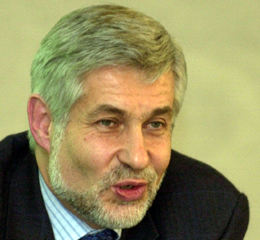|
|||||||||||||||||||||||||||||||||||||||||||||||||||||||||||||||||||||||||||||||||||||||||||||||||||||||||||||||||
|
Events convened on Thursday, 04 December 2003
|
|
Contact:
Peter Horrocks <peter.horrocks@cec.eu.int> Jürgen Salay <jurgen.salay@cec.eu.int> Ekaterina Runova <kruss@rol.ru> |
|
|
Contact:
Harlan Watson <watsonhl@state.gov> William Brennan <bill.brennan@noaa.gov> Ahsha Tribble <ahsha.tribble@noaa.gov> Sidney Thurston <sidney.thurston@noaa.gov> Jackie Krieger <krieger.jackie@epa.gov> Alan Strong <alan.e.strong@noaa.gov> William Hohenstein <whohenst@oce.usda.gov> |
|
|||||||||||||||||||||||||||||||||||||||||
|
Contact:
Martha Perdomo <mperdomo@unfccc.int> Carlos Fuller <cfuller@btl.net> Fatou Gaye <fatndeye@yahoo.co.uk> Ahmed Traore <climat-guinee@afribone.net.gn> Maja Azievska <maja.azievska@undp.org.mark> Mohammed Reazuddin <reaz@doe-bd.org> |
|
|
Contact:
Angela Churie-Kallhauge <angela.kallhauge@stem.se> Deborah Wilson Cornland <deborah@cornland.com> Marcelo Junqueira <junqueira@econergy.com.br> A. Mohan Reddy <mohan@zenithenergy.com> L. M. Muzelenga <mdmail@zamtel.zm> |
|
||||||||||||||||||||||||
|
Contact:
Antonio Ballarin Denti <antonio.ballarindenti@flanet.org> Stefano Caserini <stefano.caserini@polimit.it> Maurizio Maugeri <maurizio.maugeri@unimi.it> Giorggio Matteucci <giorgio.matteucci@jrc.it> Barbara Pozzo <barbara.pozzo@flanet.org> Thomas Heller <theller@stanford.edu> |
|
|
Contact:
James Grabert <jgrabert@unfccc.int> Vincent Lalieu <vlalieu@unfccc.int> Tleussen Temertekov <ttemertekov@unfccc.int> Clemencia Manzur <clicona-manzur@unfccc.int> Davina Boyd <boyd@iges.or.jp> Miguel Rapatan <miguel.rapatan@learnsd.org> |
|
||||||||||||||||||||||||
|
Contact:
Jim Carle <jim.carle@fao.org> |
|
|||||||||||||||||||||||



